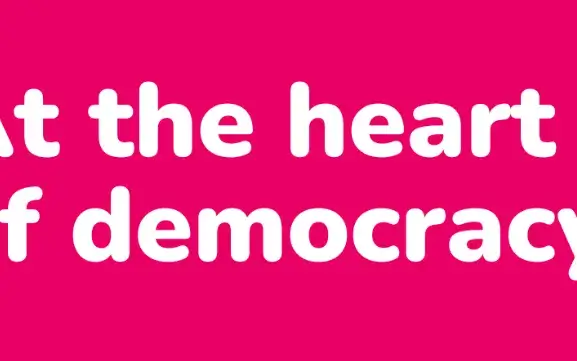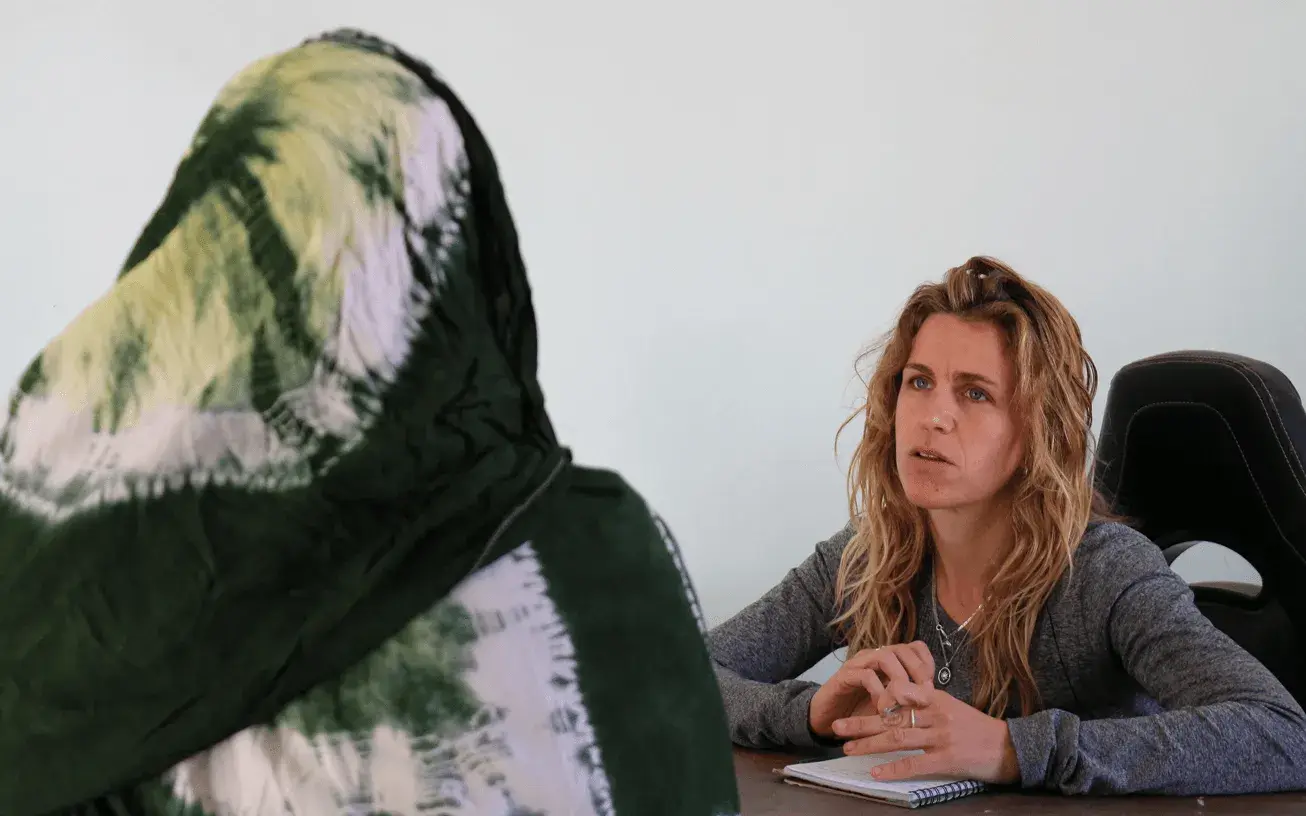Estefanía Ciro: “In Colombia, the violences that we don’t understand or don’t want to explain, we attribute them to the narco”
On the occasion of the International Day of the Fight against the Improper Use and Illicit Trafficking of Drugs, we speak with one of the leading drug experts in Colombia.
Economist, holder of a PhD in Sociology and founder of the Centro de Pensamiento de la Amazonia Colombiana AlaOrillaDelRío, Estefanía Ciro is one of the most authoritative voices on drug policy in Colombia. She led the drugs chapter of the Truth Commission on the Colombian armed conflict, an experience she has shared in Barcelona thanks to the invitation of the Taula de Colòmbia, which this June organized the international conference 'Drug Policy, Human Rights and Global Co-responsibility'.
The leitmotif of the event revolved around the pending—uncomfortable yet necessary—conversation that must urgently be addressed regarding drug policy and human rights. We discuss it with her.
Where should this pending conversation between drug policy and human rights be focused?
To begin with, proposing a dialogue like this already places us in a very powerful, original, and unique scenario. It is not a matter of talking only about drug trafficking—i.e., routes, production, or commercialization—nor solely about human rights—that is, violence, killings, and massacres. For the first time, the aim is to connect the discussion about these economies, these substance markets, with dynamics of violence and prohibitionist policies.
These markets cannot be understood outside of prohibitionism.
Exactly, because it is what regulates them and sets their rules. Therefore, this approach is very important and places us in an uncomfortable yet powerful scenario in the sense that it links two situations that were not previously connected: human rights violations and prohibitionist policy.
You coordinated the drugs chapter of the Truth Commission, where the relationship between the armed conflict and drug trafficking in Colombia was studied. What did you conclude?
In Colombia, we habitually attribute the violences we neither understand nor want to explain to “the narco.” We say it’s a narco problem, and we even justify the deaths that result. This discussion is moralized. So, we decided to categorize things. We don’t talk only about drug trafficking or armed conflict, but we focus on what the impact of drug policy is on the armed conflict.
How did you do that?
We began to unpack situations such as Plan Colombia, the aerial fumigations, or the role of the United States (US) and intelligence agencies in relation to human rights in our country. We also spoke of markets like those for cannabis and cocaine. Thus, we try to ensure that all of this is not a black hole that we don’t understand, but rather we say that it is a capital market, that there is a political economy here and not everyone is earning the same. On the contrary, we have exploited producers, people who benefit, and elites who also establish themselves in political power.
So there are connections between drug policy and armed conflict.
Yes, and when we begin to understand this connection, we manage to destroy a series of clichés that made violences invisible and justified them. We cannot leave out of the discussion these kinds of important debates, no matter how uncomfortable they may be. Furthermore, we also discussed narco rhetoric and narrative, which justifies—and continues to do so today—the impossibility of a solution to the country’s armed conflict.
What human rights violations have arisen, especially in rural communities, from state policies in the context of the war on drugs?
We placed a strong focus on the chemical war, that is, the aerial glyphosate fumigations. That is, the use of glyphosate within the framework of the anti-drug strategy, which affected eight million hectares and not only contaminated the territories but also impacted the maternal and child health of thousands of peasant women, caused miscarriages and, moreover, financed the US military-industrial apparatus. Because all that money paid for small planes and technical and chemical operations, which were part of that US war-industry market.
Although he promised not to do so, President Petro has resumed the use of glyphosate.
It’s a complex issue, but yes, that is how it is. The reality is that Petro’s government has not put real constraints on the use of glyphosate. And even less has it worked on reparation, because the victims remain invisible.
In fact, it is not easy for communities to make their voices heard.
There persists a dynamic of persecution of peasants to silence their political voice. Today, the peasant remains unable, for example, to organize into federations, unions or coca-growing associations. This reduces their bargaining power in the face of a market that is very violent and aggressive.
So, how do you evaluate, so far, President Petro’s new Drug Policy, projected over a decade?
The reality is that there is a lot of unease and sadness in this regard. The window that had opened in terms of transformation has not had an effect. No real change has been generated. The Truth Commission had raised the expectation of a process to regulate all drugs in Colombia as a condition for peace. And Petro promised a paradigm shift, but the reality is that he has submitted to the same logics already set by the US, that is, alternative development and substitution. Obviously, this is not a paradigm shift. The same prohibitionist policy persists.
Do you consider it a missed opportunity?
Very powerful, interesting and feasible paths could have been opened, such as the legalization of cannabis, but dialogue with producers is nil, proposals remain very anchored in centralism and, at the same time, lack support in Congress. Therefore, there are no advances. And in terms of reducing vulnerability—a realm in which expectations were high—there has also not been a massive discussion nor the institutionalization of guarantees for users and the defense of the economic, social and cultural rights of these populations. So, the reality is that the assessment is negative.
What changes should be promoted in legislation on drug policy to place the protection of human rights and the construction of sustainable peace at the center?
Firstly, the country must generate a deep discussion on production. Not only to focus on use, but also on the production of cannabis and cocaine. This involves pilot production projects that respect the autonomy and sovereignty of indigenous and peasant territories, and that can also defend their decisions. Therefore, the first thing to do is to energize this profound dialogue within grassroots organizations about how this regulation should be. From this debate, one could begin to think about regulatory models. It is crucial to recognize the role of producers and create scenarios in which the grassroots organizations—the protagonists—are at the center.
Are there experiences to draw inspiration from?
There have been some, mainly community-based and in the context of illegality, which makes them very weak but also protected from the legal market. For example, in the northern Cauca region, the first internal discussions have been articulated—very painful and with much violence—around how to negotiate market prices, how to maintain profits, and how to reach community agreements. Unfortunately, all these experiences have been very unprotected by the state and have involved dynamics of violence against the communities. However, if the state manages to understand and empower these experiences, we could indeed begin to move toward other scenarios.







Add new comment